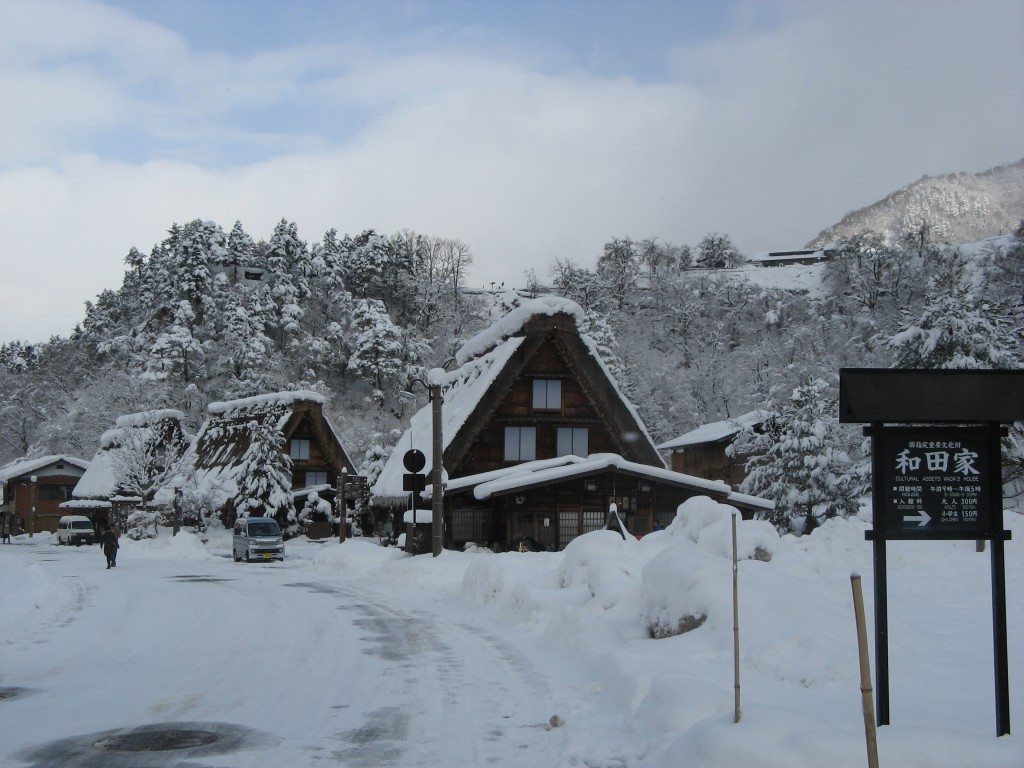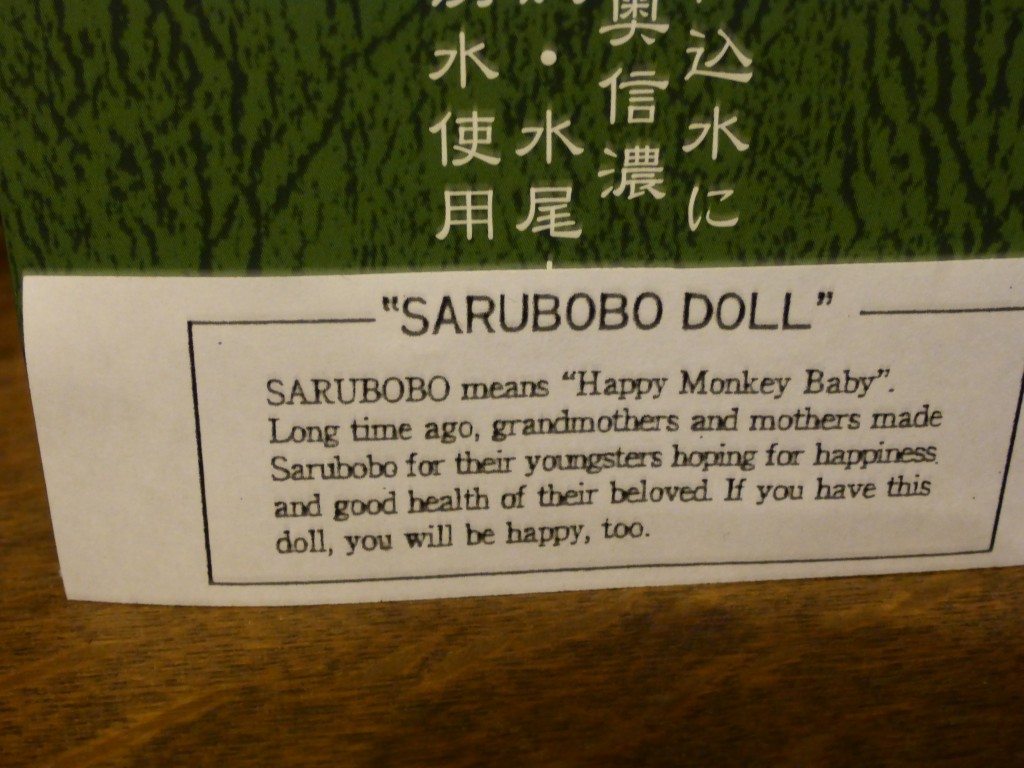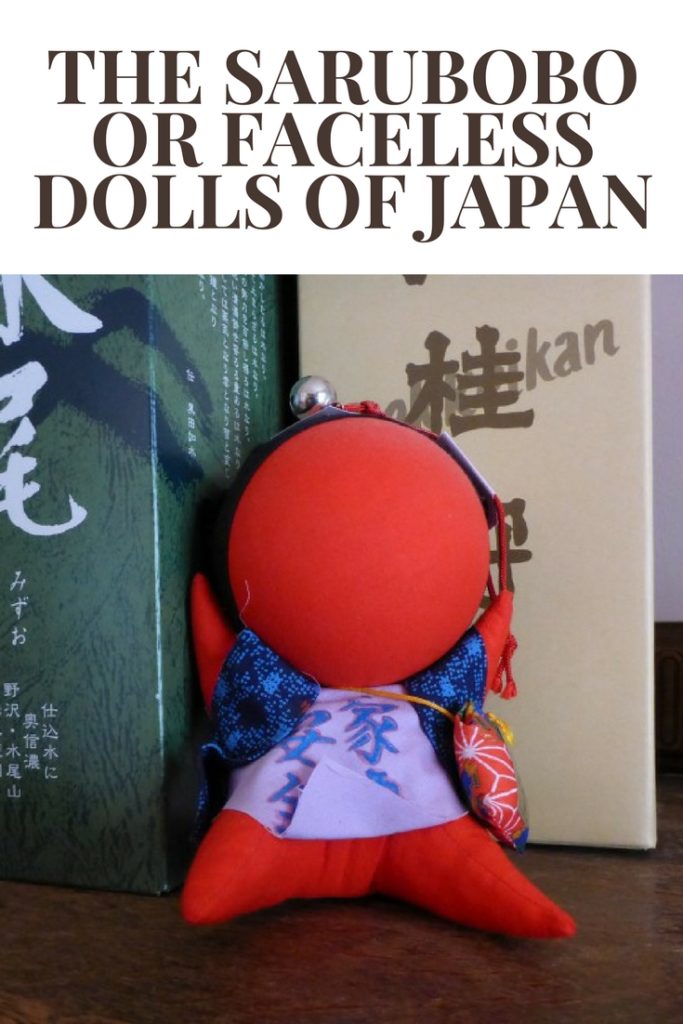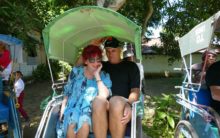I first saw the Sarobobo or faceless dolls of Japan on a visit Takayama in the Gifa prefecture, and when we visited Shirakawa-go a UNESCO Heritage site. Takayama is located in the mountainous Hida region (of beef fame), and is a wonderful old city. These sarubobo or faceless dolls of Japan, have a cultural and historical significance to the Japanese people of this area.
History of the Sarubobo or Faceless Dolls
Contents
The original sarubobo, or faceless dolls, were red and said to resemble a monkey. Hence, in this prefecture, the meaning of ‘saru’ in Japanese is monkey and ‘bobo’ is either doll or baby. It does differ in other regions, quite considerably but I’ll leave that up to you to check.
The sarubobo are an amulet to bring good luck to the receiver. They are faceless dolls, and there is considerable discussion as to why this is so.
Traditionally it is believed that they were all red and faceless, so that the face of whomever you were thinking about could be attached to the faceless doll.
They are bound in ritual and tradition whereby grandmothers used to make these dolls for their grandchildren from scrap materials, to assist to bring a good marriage and fertility to them.
What the Different Colors of the Sarubobo or Faceless Dolls means
They still remain intriguing. I remember being a little frightened of them, as they do appear well, a little evil, but apparently the converse is true. They are actually supposed to bring luck.
As time has gone on there are now many coloured sarubobos each associated with different wishes:
- The red sarubobo is for luck in marriage, fertility and childbirth.
- The blue sarubobo is for luck in work
- The pink sarubobo is for luck in love
- The green sarubobo is for luck in health
- The yellow sarubobo is for luck in money
- The black sarubobo is to remove bad luck
The Japanese of the Gifu prefecture believe in these amulets very much, and they do remain of great interest to we visitors. Mine sits at home and is red, for the marriage only … I hope.








Will definitely add this to our list as we head off to Takayama market this morning. Thank you.
Definitely, the sarubobo are unique.
There’s a temple in Kyoto called Yasaka Koshin-do near the Yasaka Pagoda that also has many kukurizaru which are a form of sarubobo. You can buy them if you want and either keep them or tie them to the shrine.
That is why we love Japan, finding so many new and different things.
I was surprised to see a small, ancient village like Takayama have a mascot, a seemingly commercial creation. But the good luck charms are actually cute and available in all colors and sizes.
http://www.backpackingbear.com/blog/joe-louis-chills-with-sarubobo/
Takayama was full of surprises and we actually got all of the dolls in all colours, just in case 🙂
Awesome post.
Stop by my website bing.com (Kate)
Thanks Kate
Interesting story … was curious what is behind the ‘specific’ dolls at the giftshop at Takayama when I visited that beautiful place … I bought a few colors of them coz they are so cute – hope it brings me all the “Luck” 🙂
And love the Beef …yumm …
We also bought them as well 🙂
What an interesting tradition! I think the dolls are really cute. Going to have to add this place to my “to visit” list.
I thought the story was really interesting too. We have few around the place for luck 🙂